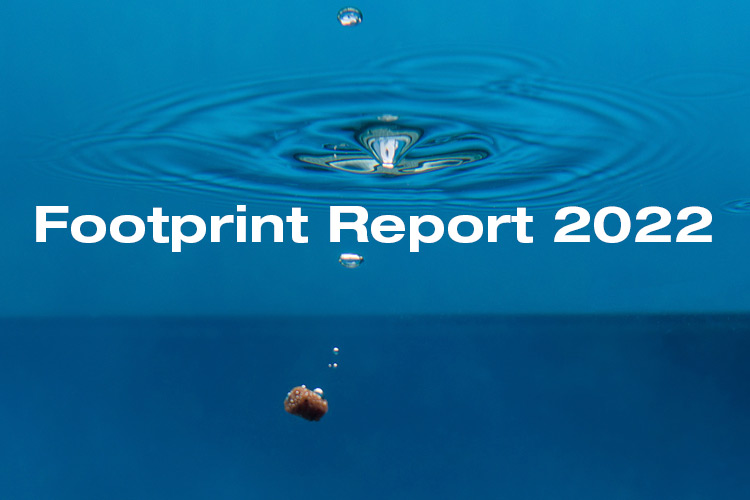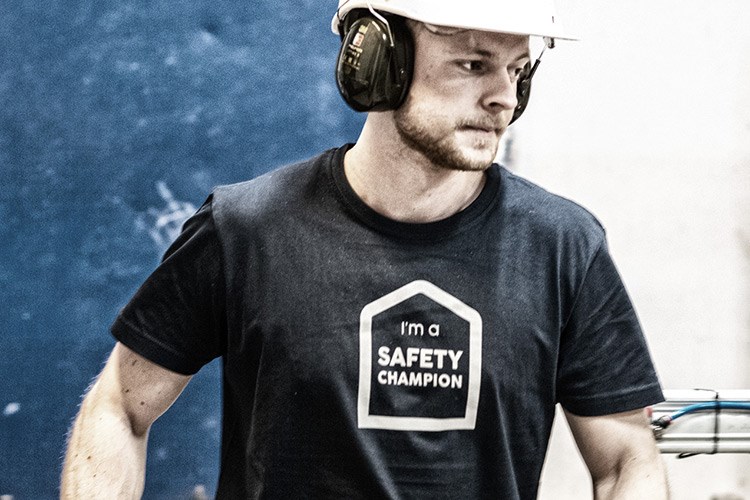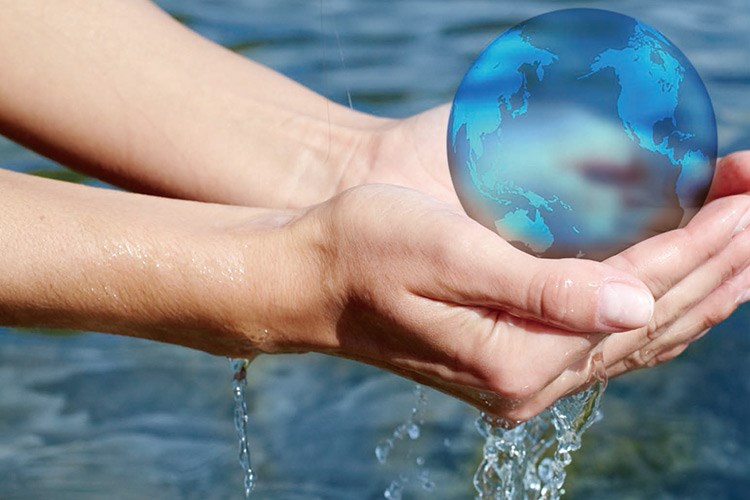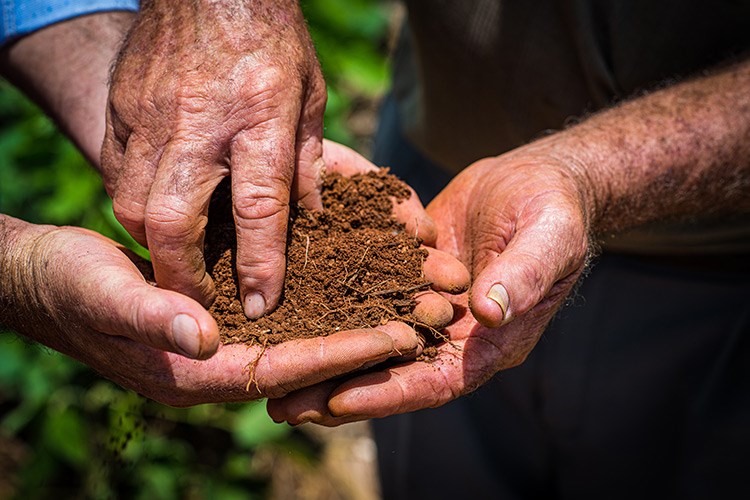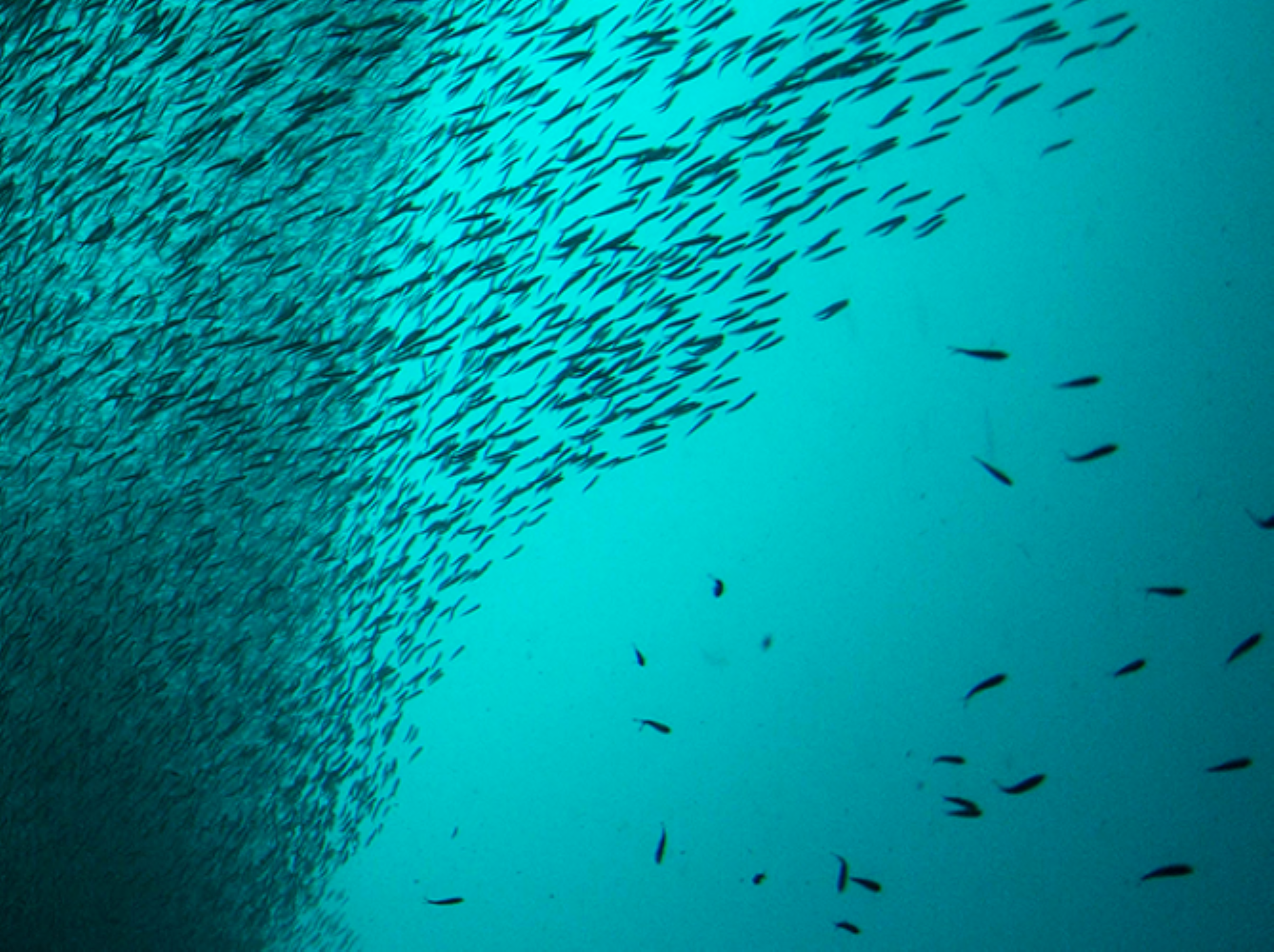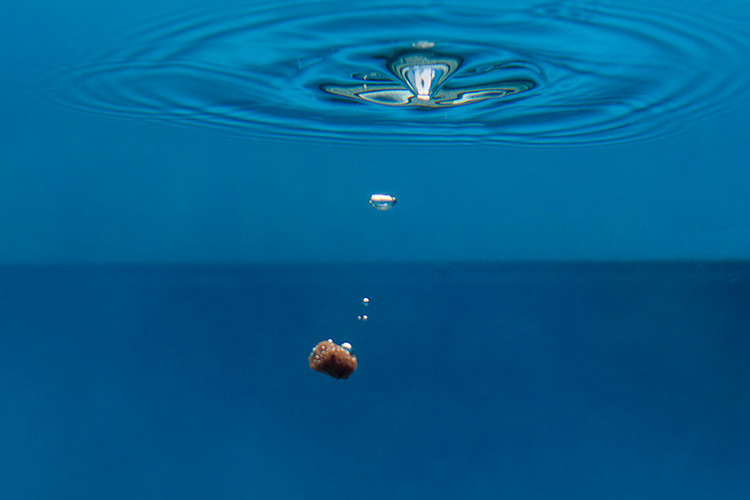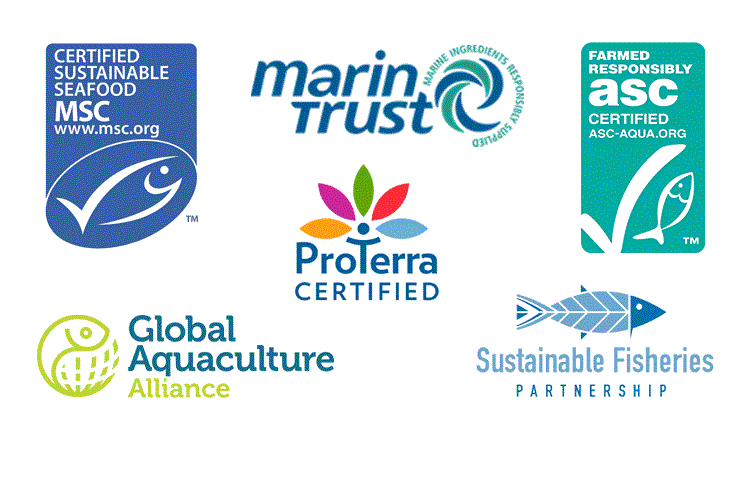
Use of vegetable raw materials 2022
Below in this text is the data for vegetable contents of fish feed and soy (soy protein concentrate, SPC).
Since our baseline year 2018, the GHG footprint of the pellet has been cut by 46 %
Over the past ten years, Skretting has reduced the energy consumption in its Norwegian fish feed production to the equivalent of an entire feed factory and entered into the transport collaboration Fjordfrende to reduce GHG emissions from feed transport.
Now our increasingly strict requirements for our raw material suppliers have also produced positive results.
Our main footprint comes from the cultivation and production of vegetable raw materials
The main footprint of our feed comes from the production and cultivation of the vegetable raw materials. That is why we have focused on working with our main suppliers of vegetabile raw materials in order to help them reduce their GHG emissions. Since 2018, increased use of documented sustainable feed raw materials has reduced the feed's actual footprint by 46 percent. A major contribution to this is a targeted cooperation in the feed industry to improve the sustainability of Brazilian soy.
Stricter supplier requirements
Skretting Norway annually buys 600,000 tonnes of feed raw materials distributed among approximately one hundred suppliers. We have intensified the sustainability analyzes and the requirements for both raw material and producer, whether it is bulk raw materials or micro raw materials.
The raw materials must be traceable all the way to the field where they were grown, or the boat that caught them. Suppliers must be able to document the entire value chain, guarantee full transparency and consent to inspections. We carry out risk analyzes of all suppliers and the requirements we set increase with the risk. For example, we may require checks on each and every batch instead of random checks. If the risk is too high, we don't buy. The samples of all raw materials and feed are kept in order to be able to check them later as well.
Brazilian Soy is sourced from 100 % deforestation and conversion free suppliers
The majority of the footprint reduction of 46 percent from fish feed comes from the large volumes of soy products from Brazil and our multi-year collective effort from the Norwegian feed industry to work with the soy supply chain and improved primary data.
All the soy produced by our Brazilian suppliers is 100 percent deforestation- and conversion-free. We demand that our suppliers of SPC from Brazilian beans must commit to a soy supply chain free from illegal and /or legal deforestation and conversion, using a cut-off date of August 2020, and to comply to the monitoring, reporting and verification system (MRV) as outlined by the ProTerra MRV program, its Steering Committee and the ProTerra Certification and Standard Committee.
Increasing the flexibility of raw materials
We believe it is ethically correct to continue purchasing Brazilian soy from suppliers who have cleaned up and ensured sustainable production throughout the value chain. At the same time Skretting is constantly working with new feed ingredients, and in recent years we increased our purchases of, among other things, European soy, guar meal from India and fish meal.
At the same time as working towards ensuring sustainability with today's suppliers, we are working to increase flexibility in relation to individual raw materials. Increased global uncertainty related to raw materials confirms that this strategy is correct.
Average vegetable raw material composition of 1 kg of fish feed
| 2022 | 2021 | 2020 | 2019 | 2018 | |
| Soy protein concentrate | 11,5 % | 13,5 % | 20,1 % | 26,5 % | 26,5 % |
| Faba beans | 6,8 % | 4,8 % | 4,1 % | 3,9 % | 5,2 % |
| Wheat gluten | 10,3 % | 10,2 % | 10,0 % | 11,1 % | 11,5 % |
| Sunflower meal | 7,3 % | 6,0 % | 4,9 % | 1,3 % | 0,9 % |
| Pea protein | 0,0 % | 0,7 % | 0,9 % | - | - |
| Guar meal | 5,7 % | 7,9 % | 4,8 % | 2,4 % | - |
| Rapeseed oil | 17,0 % | 18,8 % | 18,9 % | 19,7 % | 19,2 % |
| Camelina oil | 0,5 % | 0,8 % | 1,1 % | 1,0 % | 1,0 % |
| Linseed oil | 1,0 % | 0,6 % | 0,6 % | - | - |
| Wheat | 6,9 % | 7,9 % | 8,2 % | 8,1 % | 8,2 % |
| SUM VEGETABLES | 67,0 % | 71,2 % | 73,6 % | 74,0 % | 72,5 % |
| Marine raw materials | 28,5 % | 24,3 % | 22,5 % | 21,1 % | 24,1 % |
| Novel raw materials | 0,6 % | 0,3 %* | 0,2 %* | 0,1 %* | * |
| Micro ingredients | 3,9 % | 4,2 % | 3,8 % | 4,6 % | 3,3 % |
| TOTAL | 100 % | 100 % | 100 % | 100 % | 100 % |
* Novel raw materials like insect meal, krill meal, calanus and micro algal oils were used in small, but commercial quantities
Certified soy from deforestation and conversion free farms
Five years ago Skretting Norway decided that we should not purchase more soy from Brazil than we did in 2018 in order to reduce our indirect contribution to deforestation and conversion in Brazil. At the same time we started working more closely with NGOs in order to protect the rainforest and combat climate change. Around the same time one of our European main suppliers of vegetable raw materials increased their production capacity for soy protein concentrate (SPC), which made it possible for us to source more European SPC. All our soy must be certified; Brazilan SPC is certified by ProTerra, and the European SPC is certified with Europe Soya by Donau Soy. Both certifications schemes have a cut-off date of 2008.
Certification status for soy (SPC)
| 2022 | 2021 | 2020 | 2019 | 2018 | |
| ProTerra (Brazil) | 53,3 % | 63,2 % | 77,0 % | 90,6 % | 99,1 % |
| Europe Soya (Europe) | 46,7 % | 36,8 % | 23,0 % | 9,4 % | 0,0 % |
| Not Certified (Serbia) | - | - | - | - | 0,9 % |
| TOTAL | 100 % | 100 % | 100 % | 100 % | 100 % |
